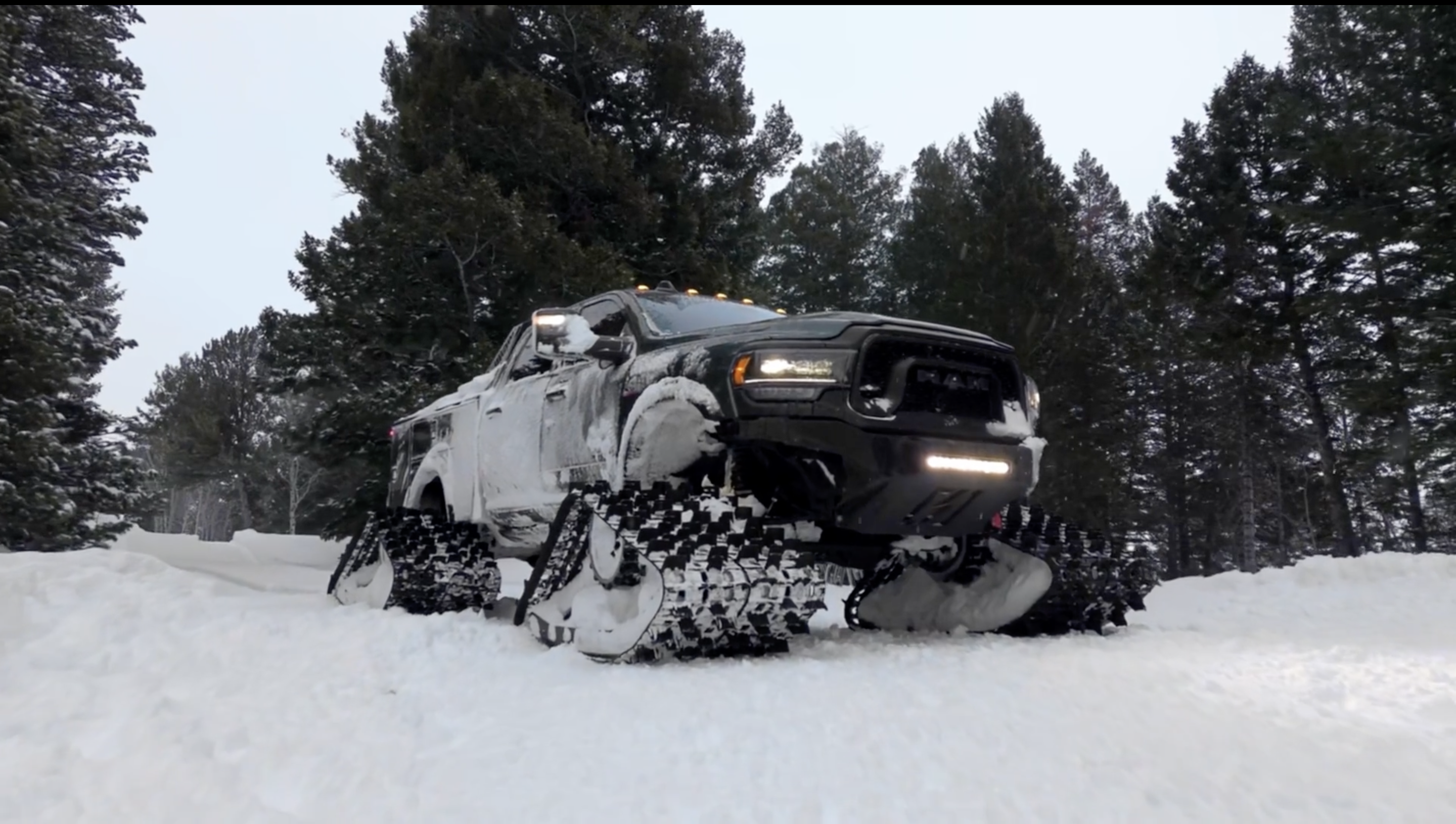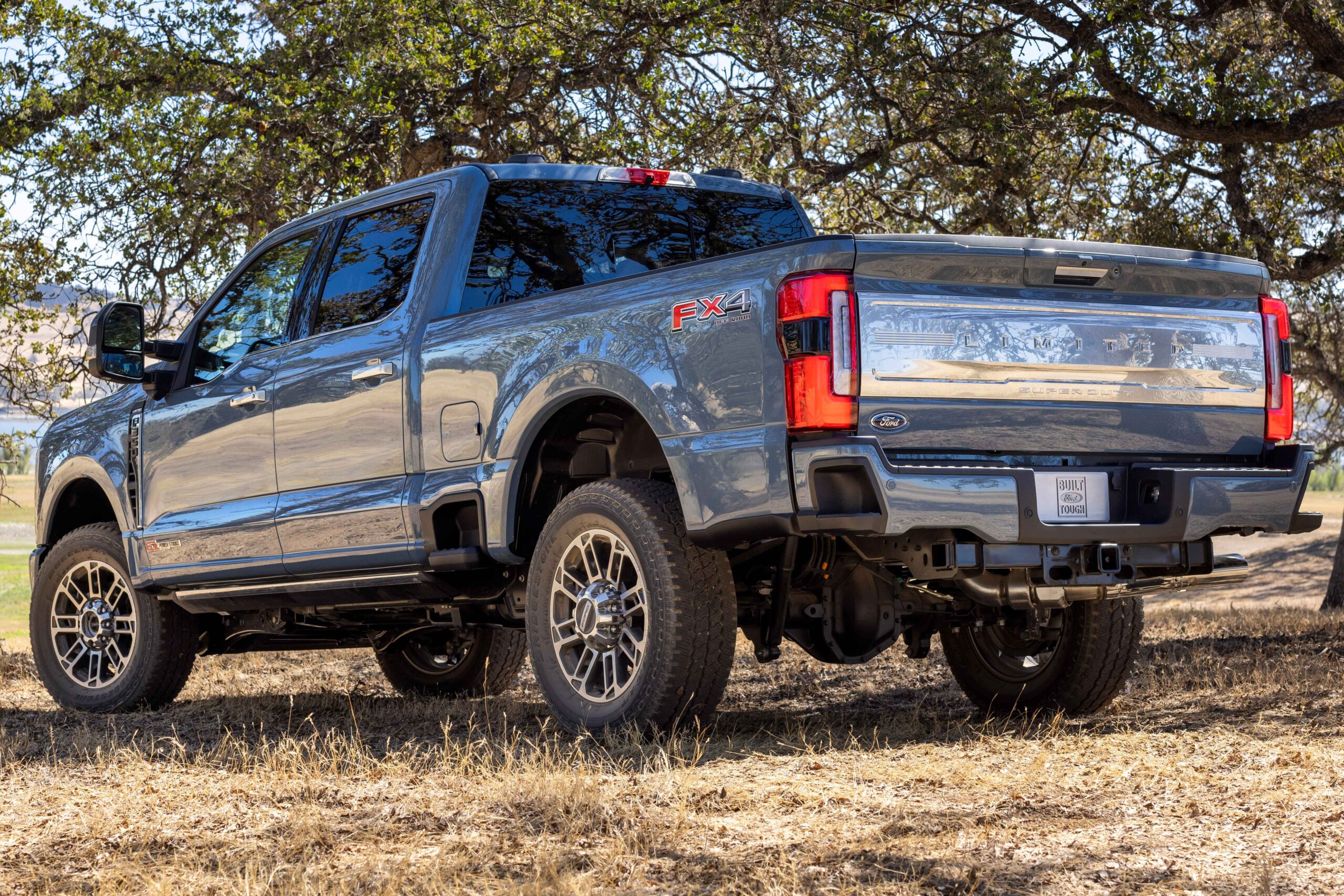
This is the only look we’ve been granted at the front end of the new 2017 Land Rover Discovery. Jaguar Land Rover hasn’t said anything for sure, but we hope to see the TD6 engine behind this grille.
Jaguar Land Rover has announced that it will unveil its all-new full-size seven-passenger Discovery SUV on September 28, just in advance of the Paris Motor Show. The SUV is expected to go on sale in the United States in mid-2017.
Gerry McGovern, Land Rover Chief Design Officer, said, “The new Discovery redefines the large SUV. Land Rover’s design and engineering teams have revolutionized the Discovery DNA to create a highly desirable, extremely versatile and hugely capable premium SUV.”

Range Rovers with the TD6 diesel engine get 658 miles to a tank of fuel, and up to 28 MPG on the highway.
The Discovery name has a good history with Land Rover, stretching back to 1989, and the series has always been available with some kind of diesel engine. Although technical details were not part of this week’s announcement, it’s reasonable to expect that Land Rover will include its latest diesel powerplant as an option on the Discovery.

Land Rover SUVs are renowned for their off-road abilities. Even the most luxurious Range Rover models have world-class off-road chops, and a long history with diesel engines.
Land Rover’s 3.0-liter turbo-diesel V6 was developed as a completely in-house design, and is currently offered on Range Rover models. The compact V6 generates 254 horsepower and 440 pound-feet of torque at just 1,750 rpm. The Td6 engine delivers 22 mpg in the city, 28 mpg on the highway, and a combined figure of 25 mpg on the Range Rover models. These diesel fuel economy figures are 32 percent better than comparable gas-powered Rovers, and diesel-powered models achieve 658 miles of range on a full tank of fuel.

Modern diesel engines don’t give you much to look at, but this is the 254-horsepower, 440 pound-foot TD6 engine used by Land Rover in its Range Rover models.
Land Rover uses the same Diesel Exhaust Fluid emissions technology as Mercedes-Benz and BMW. The long-proven system involves injecting some liquid made of urea and water into the exhaust stream. The urea combines with the exhaust gases to form ammonia, which breaks down into harmless nitrogen and water in the vehicle’s catalytic converter.
Jaguar Land Rover has also developed a 2.0-liter turbo-diesel engine that is seeing wide use in both brands. Jaguar has fitted the 180 horsepower, 318 pound-feet engine on the XE and XF sedans and into the F-Pace Crossover SUV, while Land Rover uses the smaller diesel to power the mid-size Discovery Sport SUV in Europe and world markets outside the United States.
What do you think of diesels in SUVs? Do you think that it is a trend that more manufacturers will follow or something that will be left to the higher end vehicles? Tell us in the comments below!


















